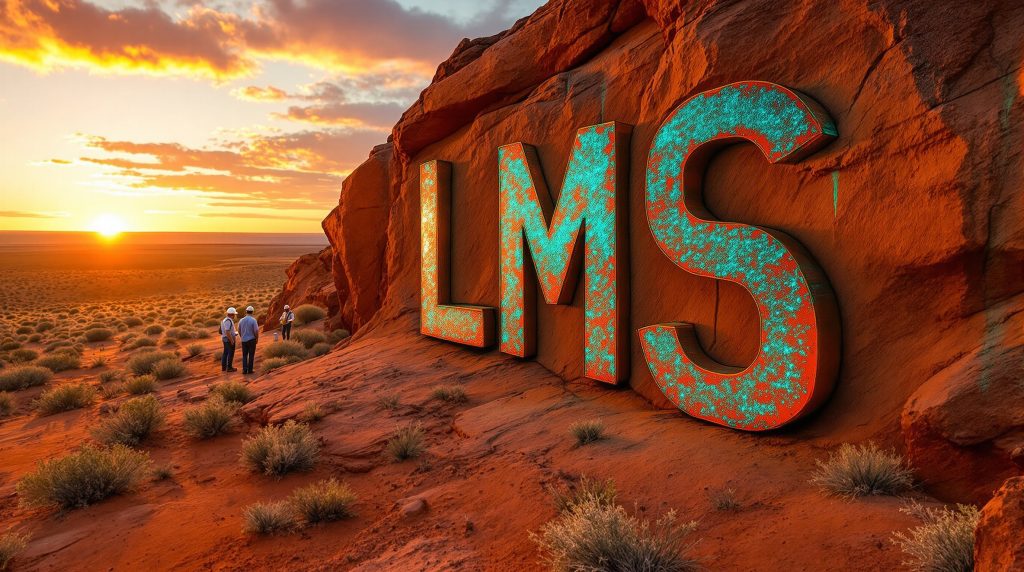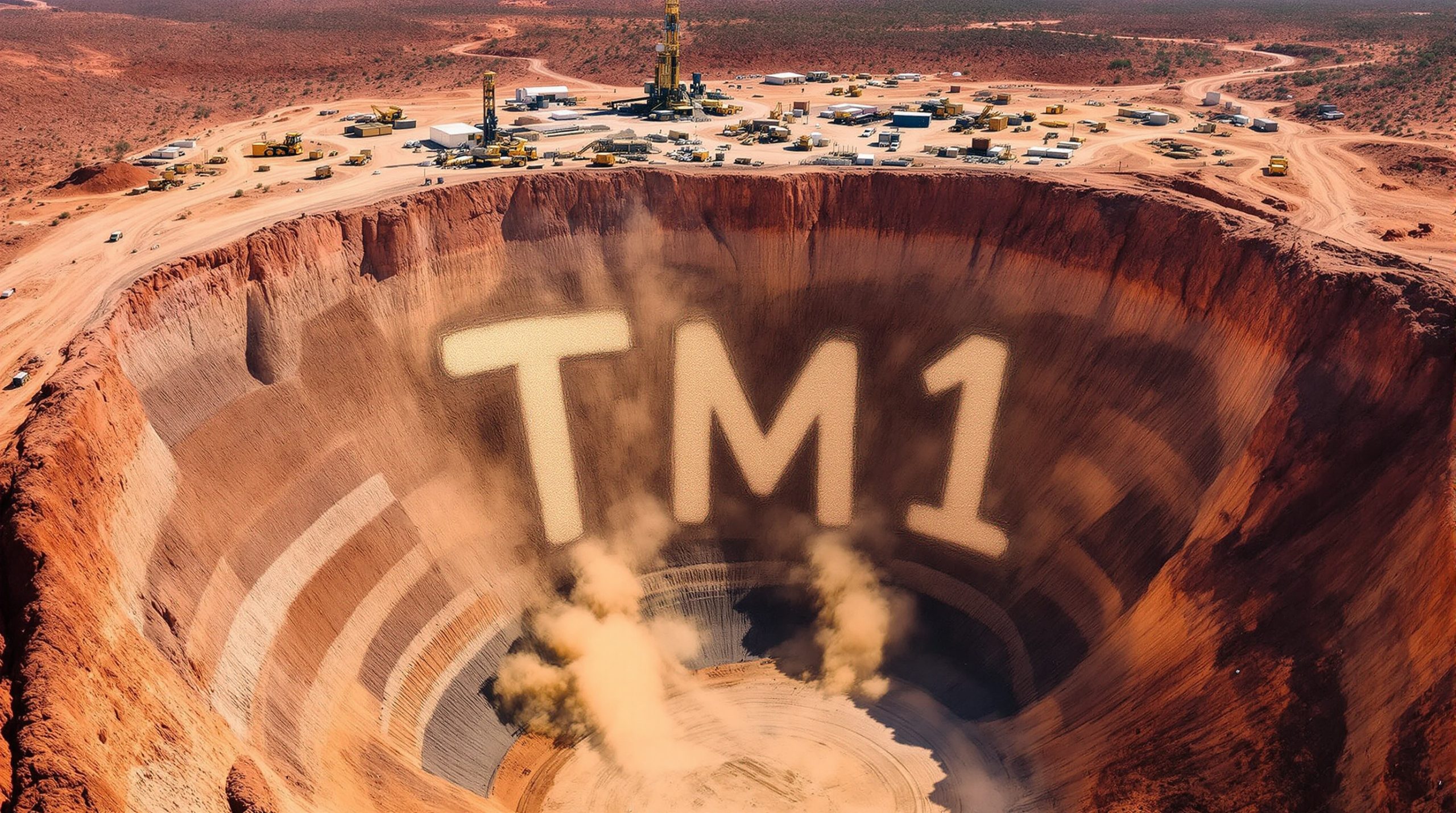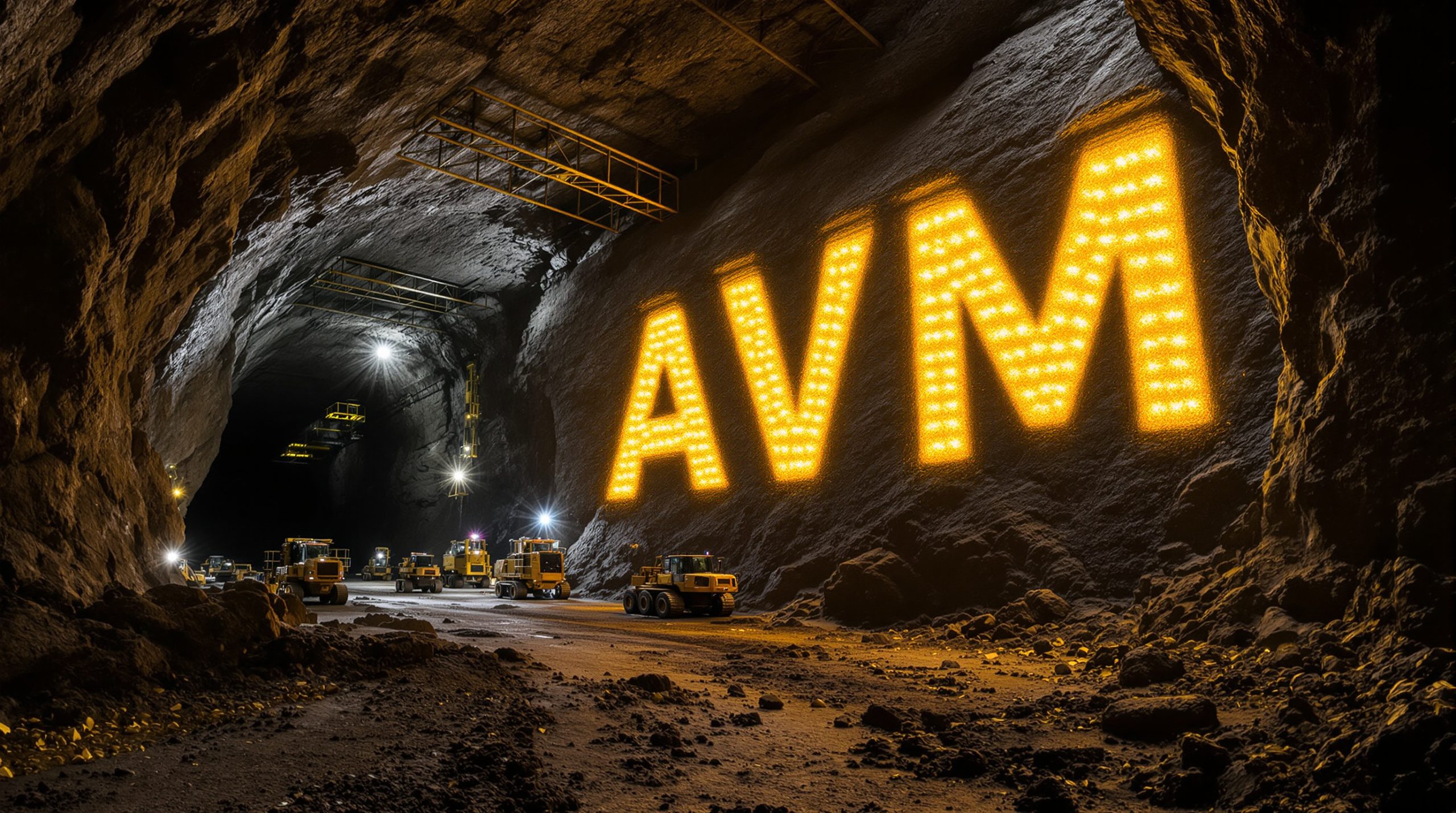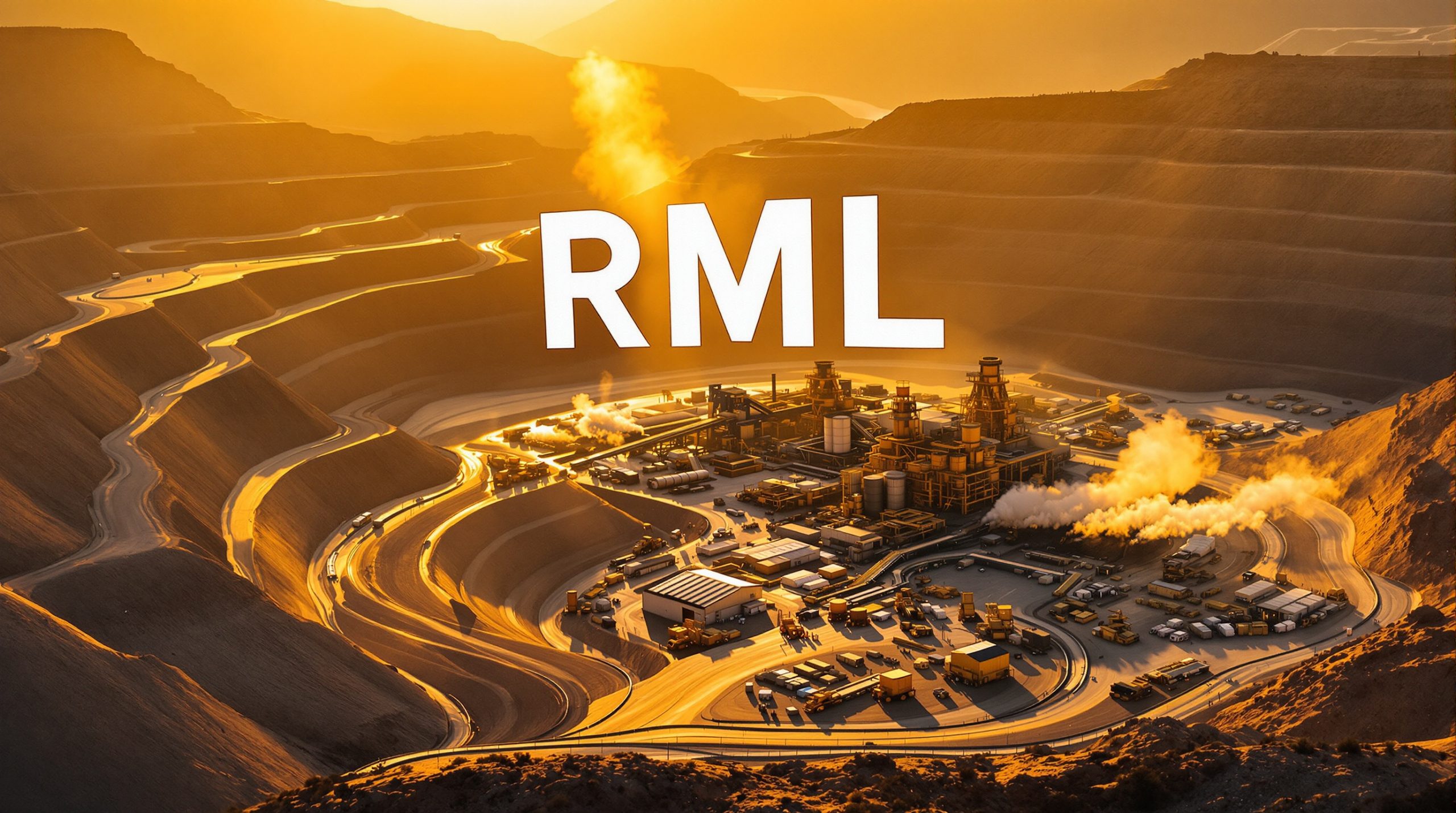Gossanous Copper Discovery Signals Major Potential at Oonagalabi Project
Litchfield Minerals' recent ground-truthing activities at the Oonagalabi Project have revealed significant copper mineralisation directly above a high-priority conductor, substantially increasing confidence in what could be a large-scale copper system.
Field Work Confirms Multiple Copper Targets in Expanded System
Recent field work at Litchfield's Oonagalabi Project has delivered compelling evidence of a potentially major copper discovery at Litchfield Minerals. Ground-truthing of VTEM targets has revealed gossanous copper material returning up to 8% Cu via handheld XRF directly above a large VTEM conductor. This is a critical development as gossan typically forms from the oxidation of fresh sulphides, suggesting significant mineralisation at depth.
"Ground-truthing and final VTEM data materially lift our conviction in Oonagalabi as a potentially large, significant mineralised system," said Managing Director Mat Pustahya. "We've now confirmed gossanous copper directly above the VTEM 1 high-priority conductor, mapped fresh exposures of the mineralised Oonagalabi Formation with stronger alteration at the Bomb Diggity conductive cluster, and logged multiple Priority 1 conductors with clear indicators that fit a sulphide model."
The findings significantly expand the potential scale of the mineralised system:
- VTEM Conductor 1: Gossanous material returning up to 8% Cu (XRF) directly above the conductor
- VTEM Conductor 2: Presence of distinctive plant species that acts as a geobotanical indicator for copper-zinc mineralisation
- Bomb Diggity Cluster: New exposures of copper mineralisation extending potential strike length by an additional 1km
Understanding Gossans: Nature's Pointer to Sulfide Deposits
Gossans are weathered, oxidized rock material that forms at the surface above sulfide mineral deposits. They typically display distinctive iron-oxide staining and boxwork textures where sulfide minerals once existed but have been oxidized and leached away.
The presence of gossan at Oonagalabi is particularly significant because:
- It provides visible surface evidence of what likely exists at depth
- The measured copper content (up to 8% via XRF) indicates substantial primary mineralisation
- The boxwork texture observed is classic evidence of former sulfide minerals
Gossans have historically led to the discovery of major deposits worldwide, as they act as a natural indicator pointing to mineralisation beneath. At Oonagalabi, the gossanous material sits directly above a strong electromagnetic conductor, providing two independent vectors pointing to potential sulfide mineralisation at depth.
Expanding the Exploration Footprint
What's particularly exciting about these developments is how they're expanding the overall scale of the prospect. The recent work has extended the outcropping mineralised Oonagalabi Formation by a further 1km, indicating a system much larger than historically recognised.
The exploration model now suggests that the previously drilled Oonagalabi outcrop may represent just the distal expression rather than the core of a much larger system. This is supported by evidence of stronger alteration at the Bomb Diggity conductive cluster compared to the previously drilled main outcrop.
| Target | Description | Key Indicators | Exploration Potential |
|---|---|---|---|
| VTEM Conductor 1 | 500m long, highly conductive | Gossanous copper (up to 8% Cu XRF), boxwork texture | Primary high-grade sulfide target |
| VTEM Conductor 2 | Large conductor modelled at ~150m depth | "Zinc Bush" geobotanical indicator, within mineralised horizon | Blind sulfide target with strong conductor |
| Bomb Diggity Cluster | Multiple VTEM conductors | Newly identified Oonagalabi Formation, copper mineralisation | Extended strike by 1km, stronger alteration |
Strategic Location in a World-Class Geological Setting
Oonagalabi sits in a highly prospective structural setting northeast of Alice Springs where deep crustal architecture and continental-scale gravity lineaments intersect, features commonly associated with Tier-1 systems. Geoscience Australia's IOCG prospectivity mapping classifies the broader area as having moderate IOCG potential.
The project is positioned at the intersection of the Irindina–Aileron Province boundary, providing favourable metal sources, fluid pathways, and depositional traps. This architectural position is one of the key reasons Litchfield is investing exploration resources in the area.
The Bomb Diggity Target: A Potential Game-Changer
One of the most intriguing aspects of the Oonagalabi project is the "Bomb Diggity" target—a large +1km long and deep, 'blind', pipe-like magnetic body located ~900m northeast of the main Oonagalabi outcrop.
Ground gravity has defined three coincident density anomalies adjacent to this magnetic feature, suggesting a potentially significant intrusive/alteration centre that could act as a heat/metal/fluid source for the broader Oonagalabi system.
This thesis is supported by recent drilling that intersected magnetite–Bi–Au–Ag mineralisation (15m @ 0.45 g/t Au, 0.17% Bi, 1.09 g/t Ag) consistent with a proximal intrusive-related overprint. The presence of VTEM conductors beside the Bomb Diggity magnetic body strengthens the interpretation that this structure could host significant sulfide mineralisation.
Upcoming Catalyst-Rich Program
Litchfield is moving quickly to advance the project with:
- Mobilisation of earthmoving equipment in early September for drill pad preparation
- RC drilling program commencing mid-September, targeting:
- The Bomb Diggity cluster
- Selected Priority 1 conductors
- Potential Au-Bi-Ag zones at Oonagalabi
- All VTEM RC holes to be cased for down-hole EM to refine conductor geometry
"This is a big, complex system and it deserves a proper methodical test across several high-priority targets," noted Pustahya. "With successful execution of the plan we've mapped out, the next quarter has the potential to be genuinely company-defining."
Why Investors Should Take Notice
Litchfield Minerals presents a compelling investment case based on several key factors:
-
Multiple discovery vectors – VTEM conductors, surface copper mineralisation, and distinctive geobotanical indicators all point to a potentially significant mineral system
-
Expanded footprint – Recent work has increased the strike length by an additional kilometre, suggesting a much larger system than previously recognised
-
Favourable geological setting – Located at the intersection of continental-scale structural features associated with Tier-1 deposits
-
Near-term catalysts – With drilling commencing in September, investors can expect a steady stream of news flow
-
Experienced team – Led by professionals with a track record in identifying and developing mineral systems
The upcoming drilling program represents a pivotal moment for Litchfield as it tests multiple high-priority targets across what appears to be an extensive mineralising system. With strong surface expressions of copper mineralisation directly above geophysical conductors, the recent copper discovery at Litchfield Minerals has significantly de-risked its exploration approach and positioned itself for potential discovery success.
Want to Invest in Litchfield's Promising Copper Discovery?
For investors seeking exposure to a potentially significant copper discovery with multiple exploration vectors and near-term catalysts, Litchfield Minerals presents a compelling opportunity. To learn more about their Oonagalabi Project, the recent gossanous copper discovery, and their upcoming catalyst-rich drilling programme, visit www.litchfieldminerals.com.au for detailed information and investor resources.




